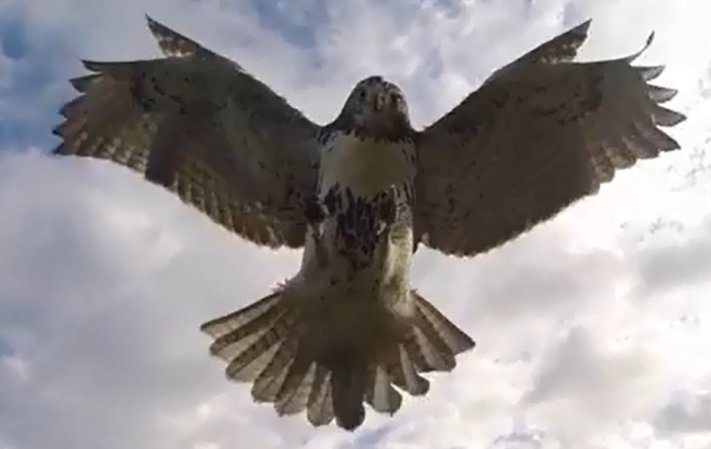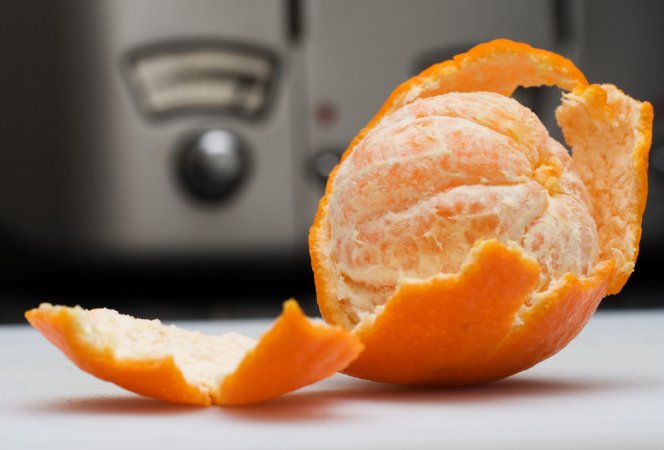

If you read science news, you’ve probably heard a lot about the plight of the honey bee. These pollinators are responsible for producing a huge portion of the fruits and vegetables that we eat, including apples, berries, almonds, and broccoli. The species is mysteriously on the decline in the U.S. and Europe, which could spell trouble in our food future.
But honey bees aren’t the only bees out there. Earth is home to some 20,000 named species of bees, and there may be another 20,000 waiting to be discovered and named. We don’t know much about these species, what they’re like, or how they’re faring in the “global pollinator crisis.” In a new book, biologists Sam Droege and Laurence Packer shine a spotlight on some of that incredible bee diversity–for example, did you know that some bees have a tongue longer than their bodies, or that others drink sweat?–while also highlighting our shortage of knowledge about these important species. And they do it all through amazingly vivid images, as you can see in the gallery above.
The book’s hundreds of photographs were all snapped with off-the-shelf camera parts and a bit of ingenuity. When zooming in on a small insect, usually the increased magnification means that only a tiny part of the bee will be in focus. To overcome that, Droege programmed a microprocessor to move the camera, taking the same shot from multiple, slightly different distances that give slightly different foci. Then a computer program stitches the photos together, creating images with incredible depth of field.
In addition to the book’s eye-capturing photos and interesting bee trivia, the captions are peppered with anecdotes–including several bee stings and a visit to the White House lawn–that make it a surprisingly fun read.
Bees: An Up-Close Look At Pollinators Around The World goes on sale July 7.














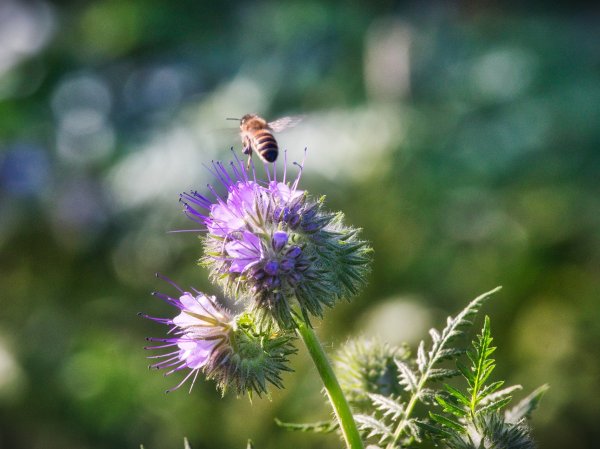
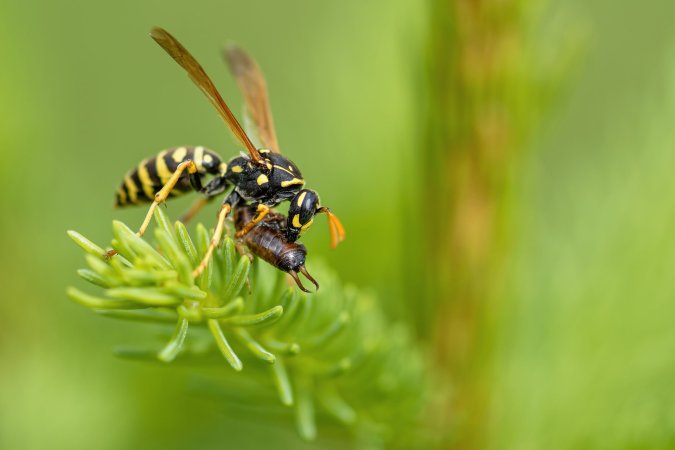
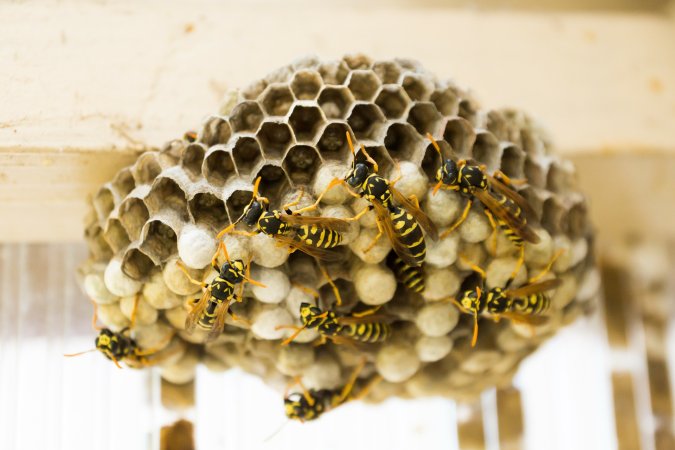
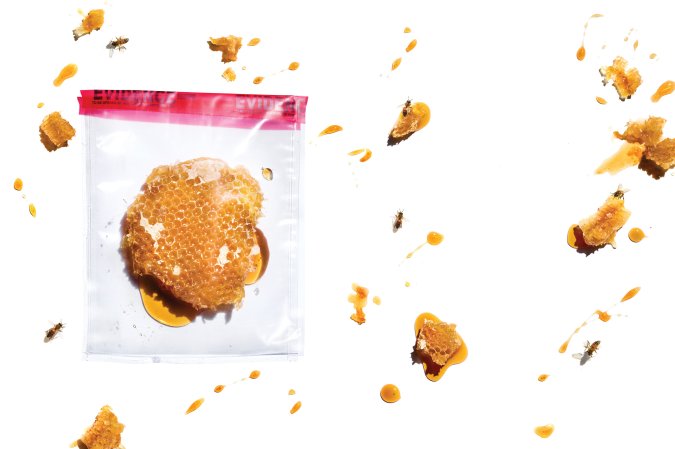

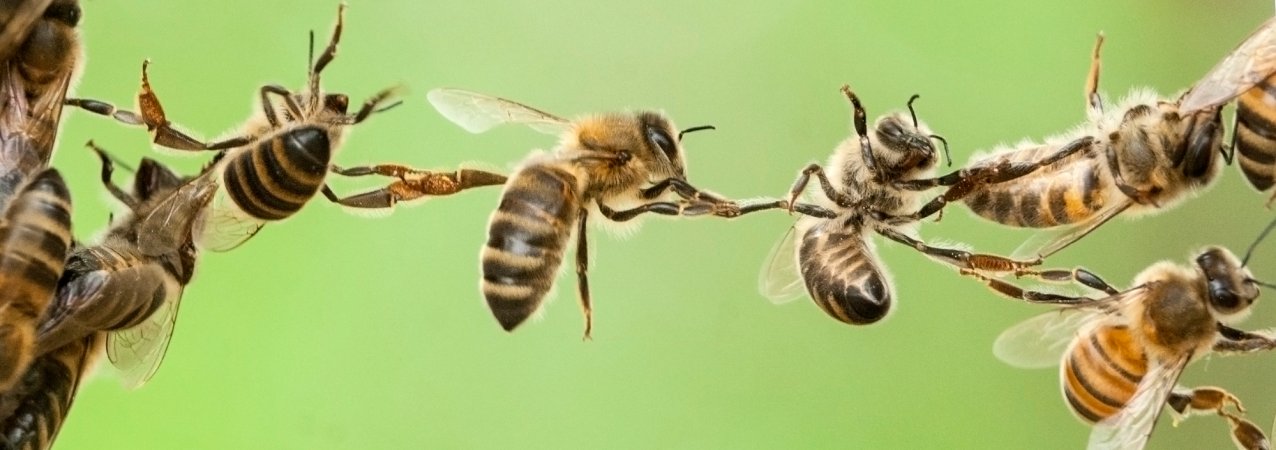


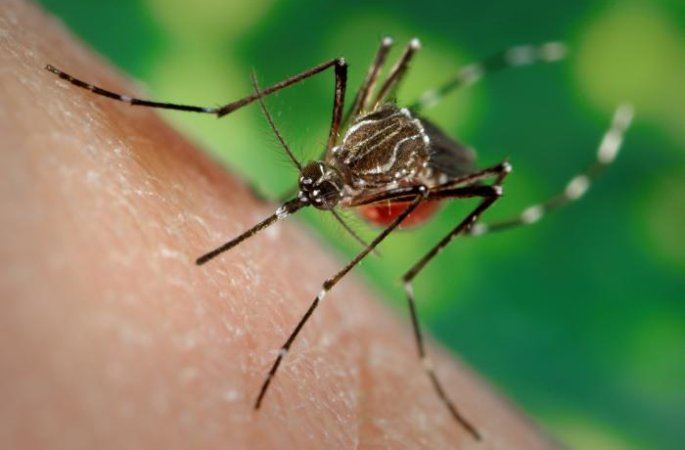
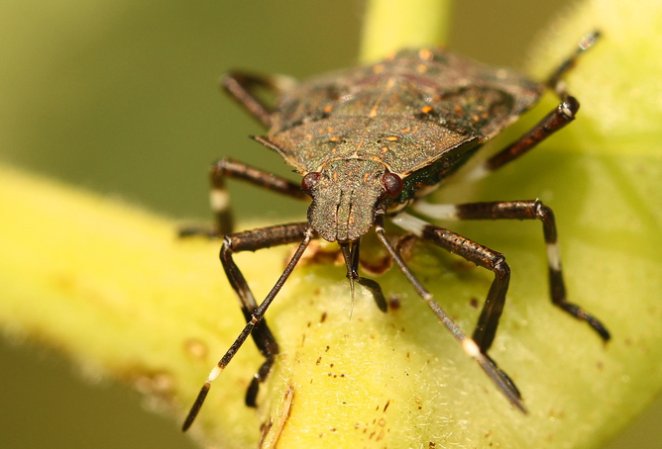
![A Taste Test Of Bug-Filled Protein Bars [Video]](https://www.popsci.com/wp-content/uploads/2019/03/18/3HRRSNI7ILYL5CTFHR3R2QVNGM.jpg?quality=85&w=675)



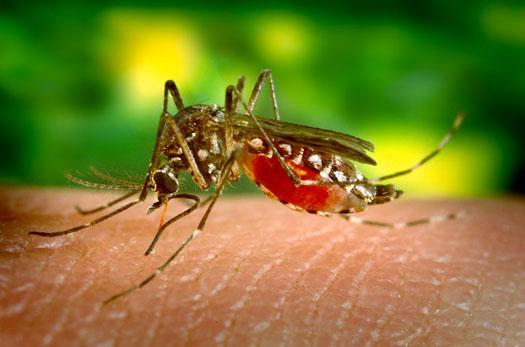
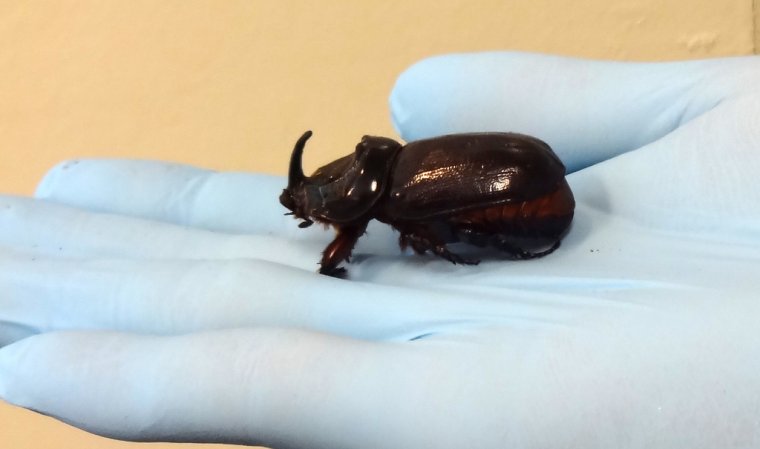




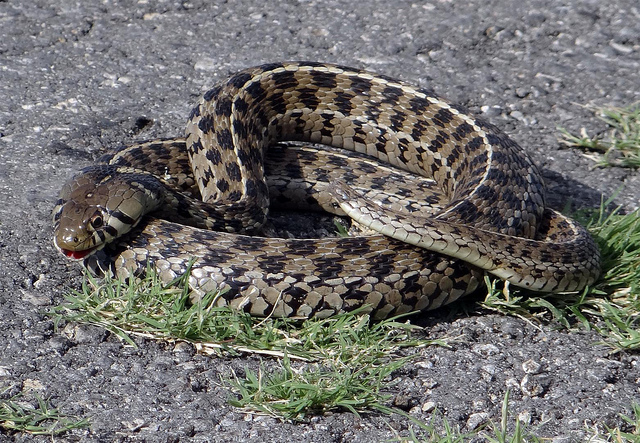

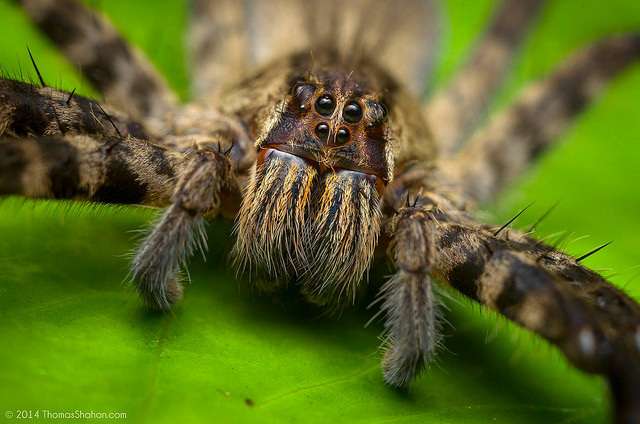
![Which Came First, The Chicken Or The Egg? [Video]](https://www.popsci.com/wp-content/uploads/2019/03/18/NIWIDCKXDBN64YDY2BNRNTMUYY.png?quality=85&w=784)
